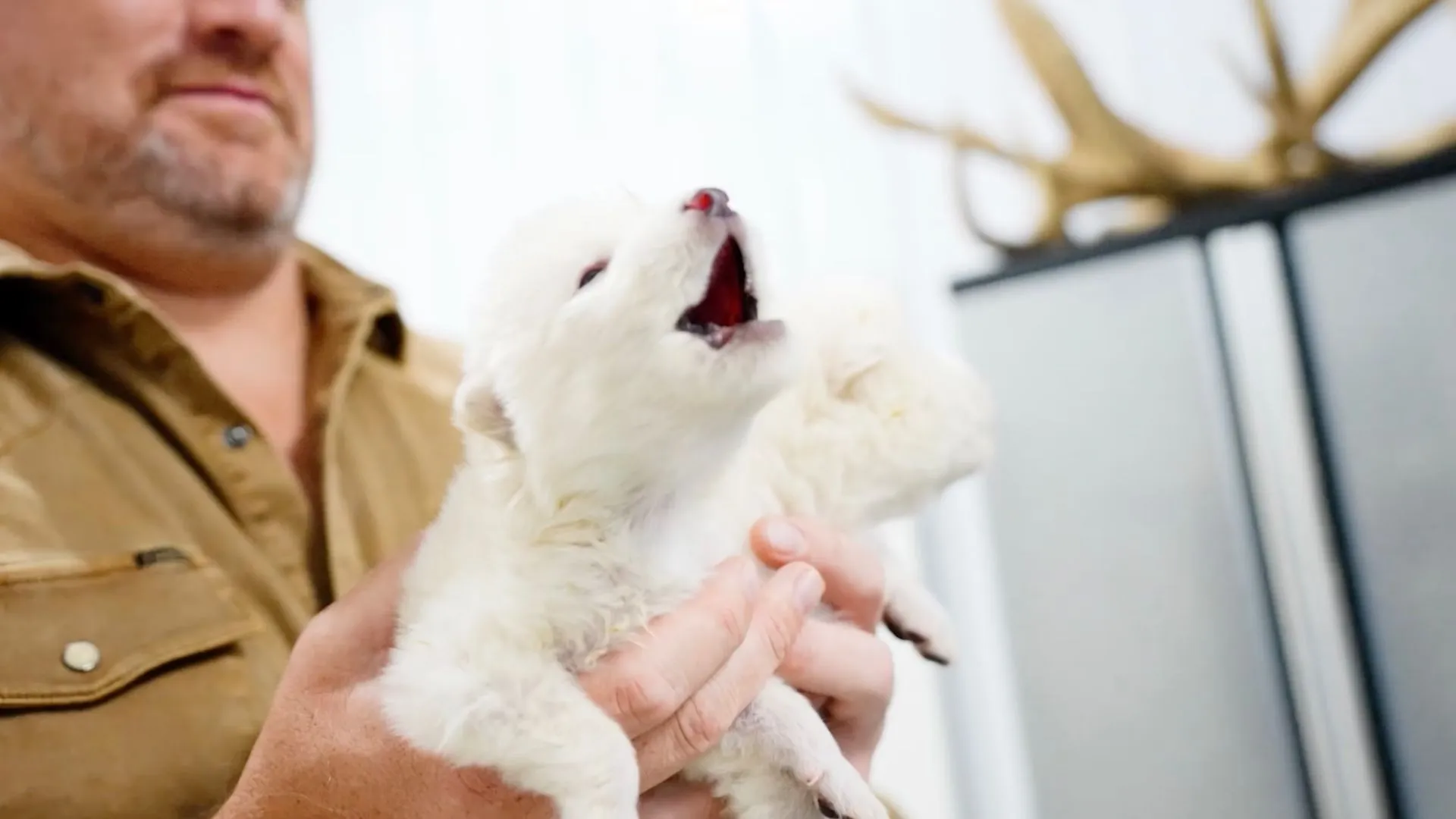The dire wolf, a species that went extinct about 12,500 years ago and was immortalized by HBO’s Game of Thrones, has now been resurrected by Texas-based Colossal Biosciences. The world’s sole de-extinction company, Colossal, has successfully bred three dire wolf pups: teenage males Romulus and Remus, and a female pup Khaleesi.
Terming the milestone a historic breakthrough, Colossal called it ‘the world’s first de-extinction’. The firm thinks that the occasion represents a significant step forward in biotech and can pave the way for the return of other extinct animals. “This is a groundbreaking milestone of scientific advancement that shows another step forward in Colossal’s de-extinction technologies,” the company said.
Congratulations to the efforts of the team, Colossal CEO Ben Lamm said, “I couldn’t be more proud of the team. This giant milestone is the first of many to come examples demonstrating that our end-to-end de-extinction technology stack works.”
Along with the dire wolf, Colossal has also cloned two litters of the critically endangered red wolf using a “non-invasive blood cloning technique,” further showcasing their overall commitment to conservation and species revival.
About Colossal Biosciences
Started in 2021 by tech entrepreneur Ben Lamm and Harvard Medical School geneticist George Church, Colossal initially set its sights on bringing back the woolly mammoth. Since then, the scope of the company has expanded to a number of different species. The mission, as stated on their website, is to “reawaken the lost wilds of Earth, so we and our planet can breathe easier.” This mission is fueled by advancements in CRISPR and next-generation genetic engineering.
Past De-Extinction Initiatives
Early this year, Colossal revealed the successful development of a woolly mouse—a gold-coated and speedy metabolism creature—through replicated DNA. Other prominent initiatives involve reviving the Australian thylacine (Tasmanian tiger), which has been extinct since 1936, and the mythical dodo bird. The company also continues to develop woolly mammoths, integrating scientific innovation and ecological rehabilitation.









